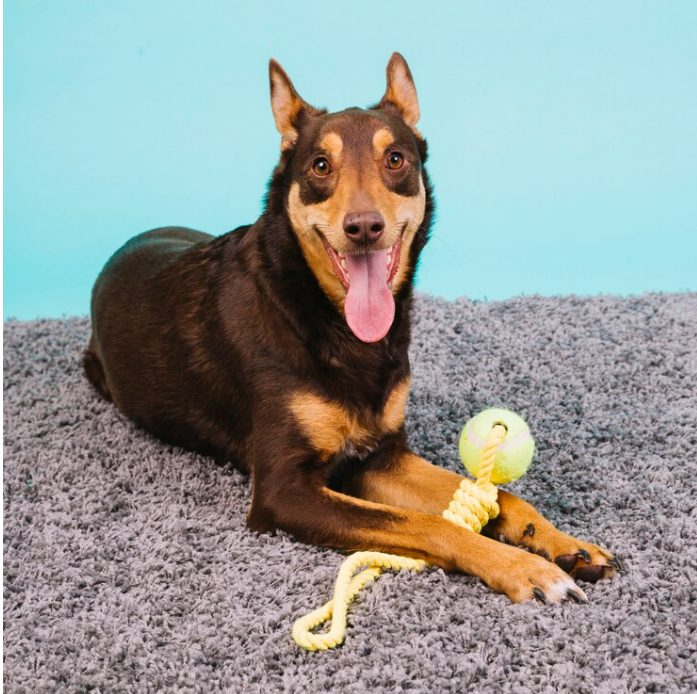
Get A Quote
Why Do Dogs Wag Their Tail?-Let's Find Out!
If you happen to be a proud owner of a canine companion, you're likely acquainted with the joyful tail wag that welcomes you home from work or signals your dog's excitement upon spotting another furry friend. Although tail wagging is commonly associated with happiness and enthusiasm, it serves various purposes beyond expressing sheer joy.
Let's delve into four reasons why do dogs wag their tails and explore how the position of their tails can provide insights into their emotional state.
Why Do Dogs Wag Their Tails?
In human communication, friendly and approachable feelings are often conveyed through facial expressions, such as smiling. Dogs, lacking the ability to smile, rely on body movements, particularly tail wagging, to convey their emotions to fellow canines, as explained by Dr. Rebecca Greenstein, the chief veterinarian and practice owner at Kleinburg Veterinary Hospital.
Dogs utilize tail wagging as a versatile means of expressing a spectrum of emotions, including happiness, nervousness, feelings of threat, anxiety, submission, and excitement.
The positioning of a dog's tail is believed to reflect its emotional state when at ease. This resting position varies among breeds, with some having a naturally curled, stiff tail, while others exhibit a long tail that naturally droops behind them. Tail wagging ensues when emotions are stirred.
Numerous studies indicate that the pace and position of tail wagging can convey specific emotions. For instance, a frightened or submissive dog may hold its tail down, possibly wagging it slightly between its legs, resembling the familiar image of a dog displaying remorse or apology after being scolded by its owner.
In contrast, an alert or excited dog tends to hold its tail higher than the natural position, often wagging it vigorously. This high, fast-paced wagging is commonly associated with happiness, excitement, or playful behavior, such as when greeting their owners or engaging in playtime.
A curious dog, showing interest in its surroundings, often holds its tail straight out. Conversely, an aggressive dog may have a very stiff, vertical tail.
Recent research has delved into the nuanced aspects of tail wagging, revealing that the direction of the wag can communicate complex emotions to other dogs. Observing dogs showed distinct physiological responses based on whether the wagging was slightly to the right or left. A rightward wag conveyed positive emotions, eliciting a slower heart rate and relaxed posture in observer dogs. Conversely, a leftward wag signaled negative emotions, resulting in an increased heart rate and defensive posture in observer dogs.
This phenomenon aligns with research in other species, including humans, where positive emotions are associated with the left side of the brain, and negative emotions with the right side. Tails, however, serve dual purposes; they are not solely for communication but also aid in balance, stability, and act as a rudder when a dog swims.
It's crucial to note that a wagging tail does not necessarily signify a happy or friendly dog. While it is a sign of interaction with the environment, misinterpretation can lead to misjudgments and potential bites. Therefore, it is essential to communicate with a dog's owner before attempting to pet the animal, particularly to educate children about the nuances of canine communication and the importance of seeking permission before approaching dogs.
Conclusion
Why do dogs wag their tails?Canine tail wagging serves as a nuanced expression of various emotions, including happiness, fear, anxiety, alertness, and even aggression. Observing your dog's tail position, along with the speed and direction of their wag, can offer valuable insights into their emotional state.
It's crucial to recognize that a wagging tail doesn't universally signify happiness or friendliness. In certain instances, it may be indicative of aggression. When approaching an unfamiliar dog, it is advisable to do so gradually and seek permission from the owner before attempting to pet the dog. If you want to learn more about dog ,come to DB PET and consulate our experts.

